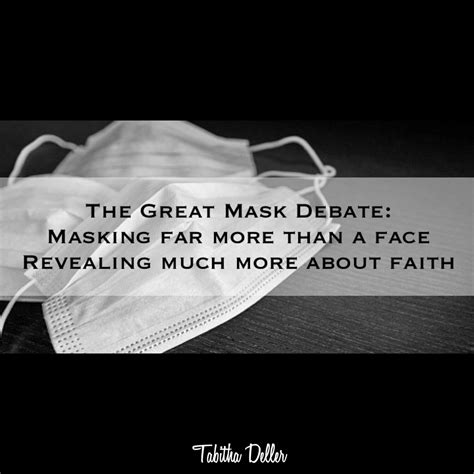The debate surrounding the usage of masks, especially in the context of the COVID-19 pandemic, has galvanized opinions and divided people across the world. A recent study, analyzing data from 1978 to 2023, sheds new light on existing research about masks’ effectiveness and serves as fertile ground for both stoic supporters and vehement critics. In sifting through these studies, understanding the public’s response, and scrutinizing the science, we can grasp why this seemingly simple public health measure has become a lightning rod for controversy.
One of the principal criticisms aimed at mask mandates revolves around the quality of the scientific studies that have been conducted over the years. As one commenter points out, ‘MMWR publications pertaining to masks drew positive conclusions about mask effectiveness over 75% of the time, despite only 30% testing masks and less than 15% having statistically significant results.’ This statement highlights a significant concern: many studies heralding the effectiveness of masks were neither randomized nor supported by solid, statistically significant data. This merits a critical examination and underlines the need for rigor in public health research.
Moreover, the debate often veers off into anecdotal territory, where personal experiences and observed behaviors take center stage. For instance, the phenomenon of people wearing masks while driving alone has prompted a range of humorous to serious critiques. Some argue that this behavior underscores a pervasive sense of ‘social anxiety’ rather than a rational fear of the virus. From isolated drivers to packed grocery stores, the social dimensions of mask-wearing have led to a multifaceted discourse that spans psychology, sociology, and politics.
The scientific community itself has had its fair share of disagreements. While experts emphasize the importance of wearing masks to curb transmission, especially in crowded or indoor settings, the public’s ability to critically interpret this advice has fluctuated radically. On one hand, some people believe that masks are largely symbolic—’theater,’ as one critic put it—while others posit that masks provide a tangible reduction in risk, even if marginally. This dichotomy is compounded by how studies are communicated to the public. The layperson’s understanding is often distilled into overly simplistic binaries of ‘Masks work’ versus ‘Masks don’t work,’ stripping the issue of its much-needed nuance.
Adding to the complexity, the effectiveness of masks can vary widely based on type, fit, and proper usage. For example, ‘an N95 mask is going to have a big difference in efficacy vs a surgical mask without a seal.’ Yet many of the studies and public health guidelines either gloss over these distinctions or fail to communicate them adequately, leading to generalized conclusions about mask usage. This points to a significant opportunity for improving public health education—specificity and clarity in how protective measures are presented could go a long way in enhancing compliance and effectiveness.
Cultural context further influences how mask mandates are received. In parts of East Asia, wearing masks during flu season is a long-established norm. However, in many Western countries, mask mandates have become enmeshed with broader cultural and political identities. The inherent tension between individual freedom and collective responsibility becomes manifest, and this manifests vividly in how mask-wearing is framed and enforced. ‘There are no such people so hopelessly enslaved as those who believe they are free,’ as one commenter quoting Goethe poignantly noted, underlining the philosophical undertones of the debate.
One cannot ignore the diverse personal sentiments surrounding mask usage. Some find wearing masks to be a minor inconvenience or an act of solidarity, while others perceive it as an infringement on personal freedom. These responses can be deeply emotional, as illustrated by anecdotes where individuals felt ‘ashamed’ for briefly forgetting to remove their mask after leaving a store. These emotionally charged reactions further muddy the waters, making objective discourse all the more challenging.
In conclusion, the Great Mask Debate is far from a settled issue, serving as both a public health quandary and a social litmus test. It brings to the fore the tension between scientific rigor and public perception, between individual liberty and communal obligation. Moving forward, it is imperative to approach this discussion with a balance of evidence-based clarity and empathetic understanding, recognizing that effective public health messaging requires not just scientific accuracy, but also cultural sensitivity and communication expertise. Only then can we hope to bridge the divide and foster a more informed, cohesive public response in future health crises.


Leave a Reply